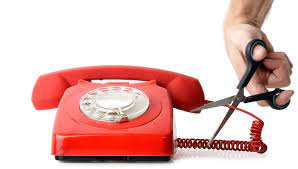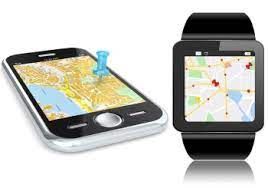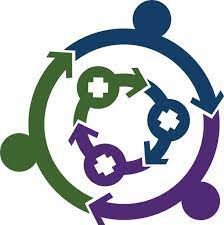Nuance Audio is a new option for people who resist traditional aids, from the company that makes Ray-Bans and operates LensCrafters.
Seekers of Meaning Podcast Posted Online March 7, 2025
What's Next Longevity Deal Talk Episode 32, January, 2025
Presentation: What's Next Longevity Venture Summit, June, 2025

 You may not have noticed much about the death of landlines.
You may not have noticed much about the death of landlines.  New progress for dementia care.
New progress for dementia care.  The care continuum that serves older adults is an ignored reality. The stove-piping of care-related services is a myth. It is perpetuated in
The care continuum that serves older adults is an ignored reality. The stove-piping of care-related services is a myth. It is perpetuated in